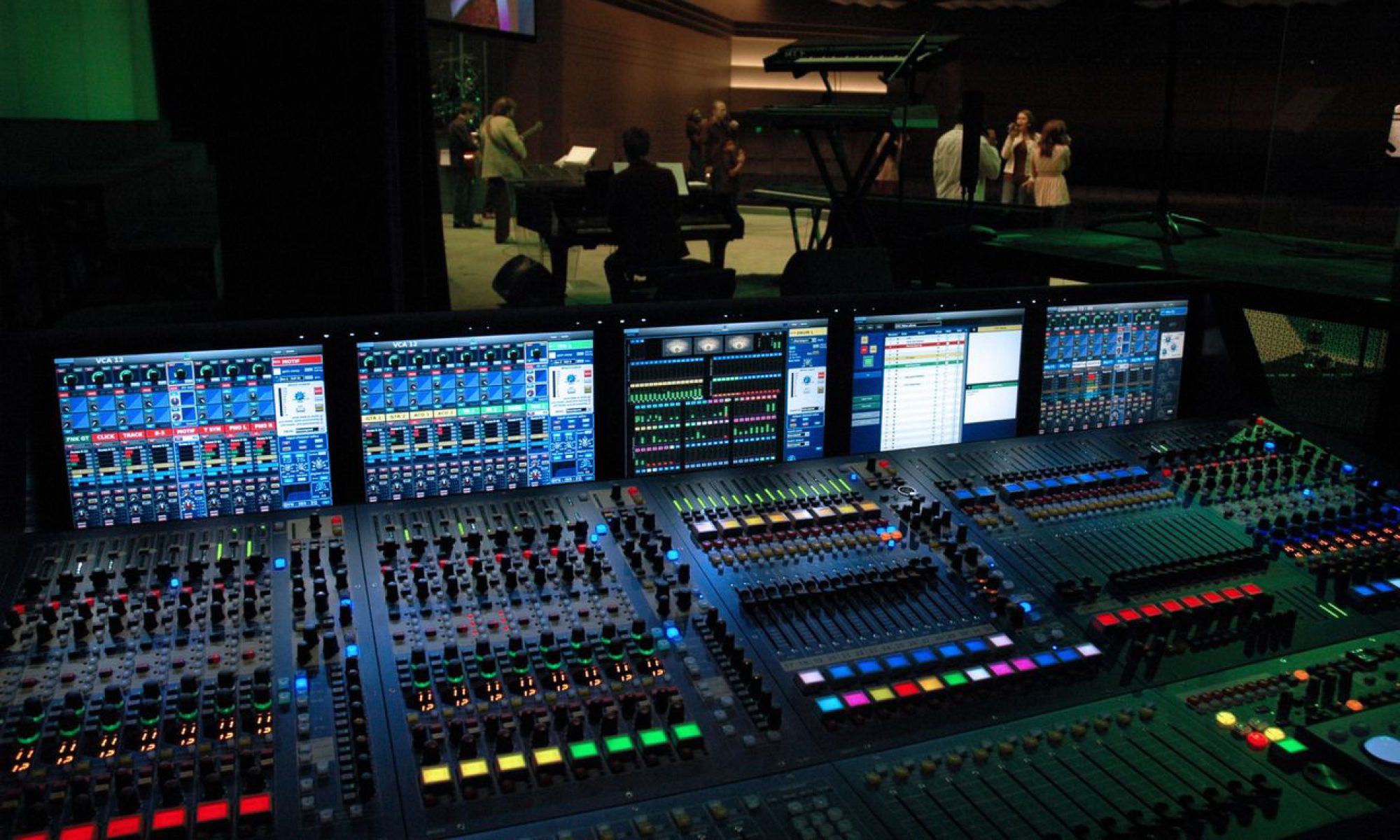Here we are on week 3 of our Waves Top 5 series. These last two weeks have showcased some great plugins. As we get closer to my favorite plugin, the one I use the most, we are going to hear about some great stuff. Number 5, two weeks ago, showcased the CLA-76 compressor that I love because it is so fast and transparent. Last week, I talked about the Vitamin Sonic Enhancer and chose it over Scheps Parallel Particles because of its ability to get very granular with how it adds in harmonics. That leaves us today with talking about my number 3 favorite plugin, the C6 Multiband Compressor. There are a lot of options in the multiband compressor/EQ market these days. In fact many DAWs and consoles alike have one built-in. But for some reason, for me, the C6 has just risen to the top.
Mechanically the UI for this plugin is quite refined. It hasn’t changed much from what I understand since it came out but the way it operates, what it shows you, makes life pretty easy. With the C6 you get 4 bands of tweaking to mess with and two floaters which can overlap with any other band and be anywhere you want them to be (this is one area where the F6 is different, with that all the bands are floating). You have all the typical compression options for each band, the ability to disable them if you want, and a favorite feature of mine is the ability to solo an individual band so you can really hear what you are doing in a specific frequency range. Be sure to watch the release settings on the left, if it isn’t on manual, your release settings won’t have any effect on the operation of the plugin. The orange line is what you’re doing to the sound. Obviously flat would be what comes in goes out but as you adjust gain and such you’ll see the line adjust a bit. One thing that this plugin does that you won’t see in many of these types of plugins (with the exception of the C4) is show you the dynamic range with the purple shading. This is the biggest reason why I prefer this over the F6. Yes you can always just read the knobs but if I’m using waves as a tool, the way C6 displays is preferable. Lastly there is an input and output gain adjustment if needed.
A great but not advertised feature of the C6 is the large preset library. It’s been around for so long that many well known artists have been able to get there presets installed in the plugin. While I don’t recommend setting it and forgetting it with presets they can often provide a great starting point or at least some inspiration for what you could do with the plugin itself. I will often find myself dropping in a C6 on just about anything to see if it can help. Occasionally I’ll experiment a bit, play with the preset options, and land on a great setup for that input on that day.
My biggest use of this plugin is on vocals. I start with a template that I created that works well with my setup and PA tune and tweak from there. Often times we deal with vocalists who’s sound changes as their voice warms up or the note they are singing changes. That issue is easily fixed with the C6. In my room, vocals (spoken or singers) sound great while they talk with just a little EQ but when they sing need a bit more 600hz carved out dynamically or I’ll dynamically trim out the top end of a BGV so I can push them in the mix but they wont overtake the lead vocal. I can’t solve that problem with EQ or system tuning because it only happens when they are singing out or singing specific notes. Here comes the C6. I use it as well on bass guitars that often when playing open strings or lower notes hit the “hot” notes for the acoustical space of the room. It’s easy to grab one of the floating bands and reign in those troublesome frequencies and really start to normalize the bass guitar top to bottom. I know of and have personally used the C6 to do some dynamic mastering on the master buss of a recording. This is definitely a plugin I’d try anywhere!
So how do you use the C6? Have you found any of the presets particularly helpful? Find a unique use for this plugin? Let us know in the comments below! Next week we’ll move on to my second favorite plugin which might be a bit of a surprise to some as there are definitely more popular options out there. Make sure you don’t miss it (subscribe at this link)! As always if you have any questions, hit us up at engineers@studiostagelive.com. See you next week!


For the living in the sea of meat, Poochs’ vocal setting will change the way you see the world.